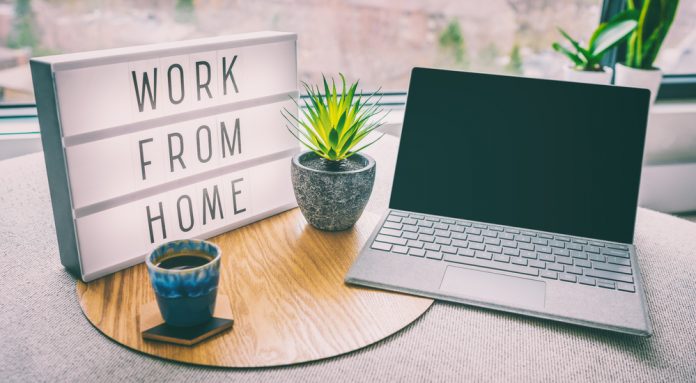
The pandemic propelled the remote work movement, with millions of Americans working from home in 2022. But while employees and employers may prefer the laid-back work environment, it also poses safety risks for employees that can be harder for HR workers to prevent over a computer. Besides cybersecurity risks, employees also face physical safety risks when working remotely, but HR executives can implement a few tips and practices to ensure employees remain safe even when they’re not in the office.
Improve home office security
When working from home, ensuring the safety of a home office should be a number one priority. Encourage workers to create a workspace at home that is safe and secure. Remind workers to lock up their home office as they would the workplace at the end of the day and at lunch by moving valuable devices out of view from a window, locking windows and doors, and being aware of their surroundings at all times. Laptops or computers can easily be stolen, so ensuring employees treat their home office space as they would the office is a crucial safety step.
This can also be accomplished by clearing out their space in the home, from tripping hazards such as cords to stacks and files of paper on the floor. Encourage employees to treat and organize their home office as they would the work office. This can keep things organized and avoid potential injury.
Implement a safety checklist
Whether this is implemented through a Zoom or Google Teams meeting, an email response, or even by photographing their remote office space and sending in images, sending a safety checklist to employees can keep safety at the top of their minds. This is also a good way to ensure everyone is following safety protocols, even outside of the office. Reminding employees of necessary safety steps can prevent unsafe situations and protect important information and employees.
A safety checklist for remote workers to utilize isn’t just a priority for employers; it’s also for employees. Be honest when talking to employees about their safety and any safety concerns they need to know to bring the issue to light. Working in an enclosed office space is more manageable for employers to ensure everyone’s safety, but remote work poses new threats and risks.
Utilize safety technology
A variety of safety technology on the market can be used to locate and track employees. “Panic button” type technology can be helpful by allowing employees to press a button to call for help. This technology is often wearable on a belt, as a pendant, etc., so it’s convenient for all workers. There are even devices on the market that can detect falls and horizontal movement, so if employees are ever knocked over or attacked on their way into a coffee shop to work for the morning, or even in their home, they don’t need to initiate a call for help, especially when they’re unable to.
Practice fire safety
While there may be a fire plan at the workplace, have employees figure out and practice a fire drill at their homes. Not only this, but employees should also have a fire extinguisher conveniently located and check their smoke detectors regularly. Having an evacuation plan for an at-home office can make employees feel safer in and before such a scary situation if it does happen. Requiring all employees to plan and practice fire safety periodically can help save their lives.
Discuss safety outside a home office
Some employees may find themselves more productive working at a coffee shop or library for the day rather than at home. Discuss safety options for working outside of the house. Have employees working outside of a home office go through the safety checklist but remind them to be extra cautious about traveling with their devices. An excellent work computer can make them a target out in public for theft and attacks, and being aware of their surroundings is even more critical. Tell employees outside the home to take their device with them everywhere and not leave it in the car, even when they’re going on a lunch break.



